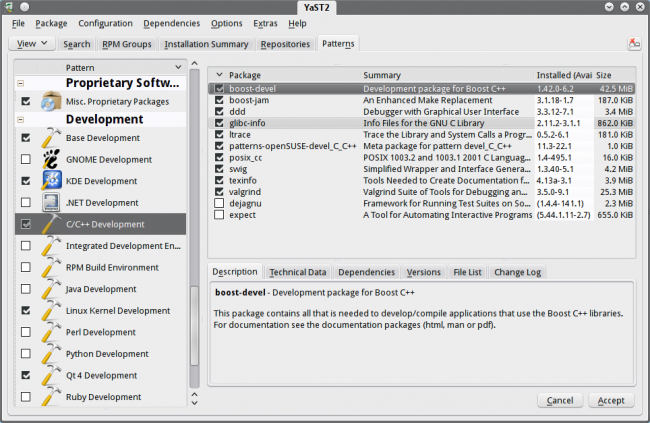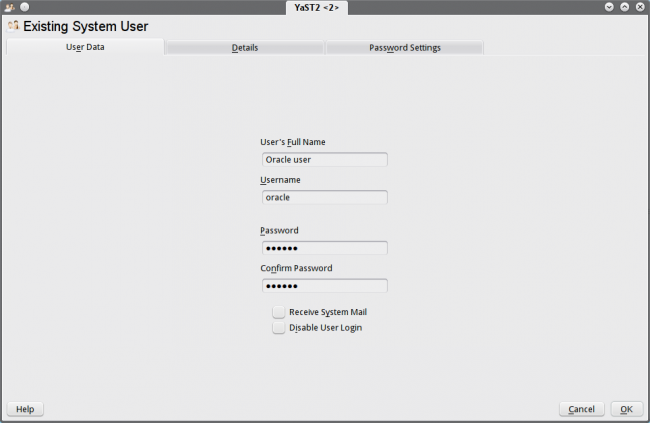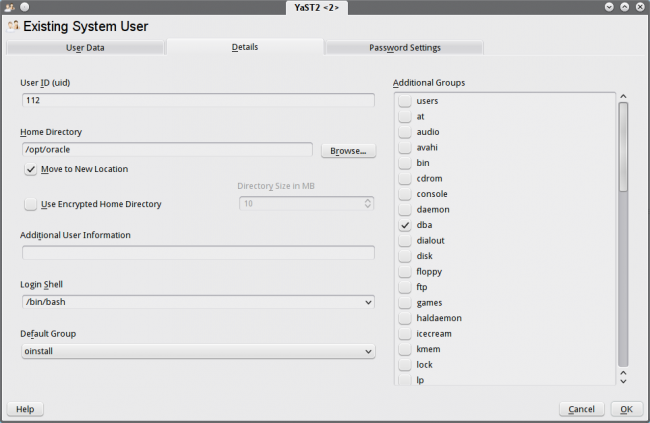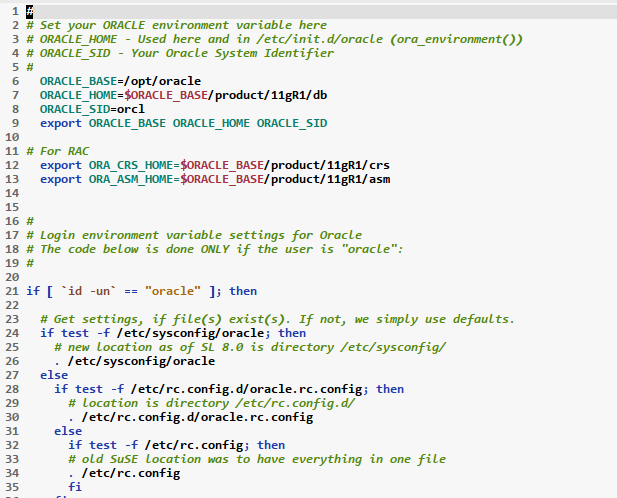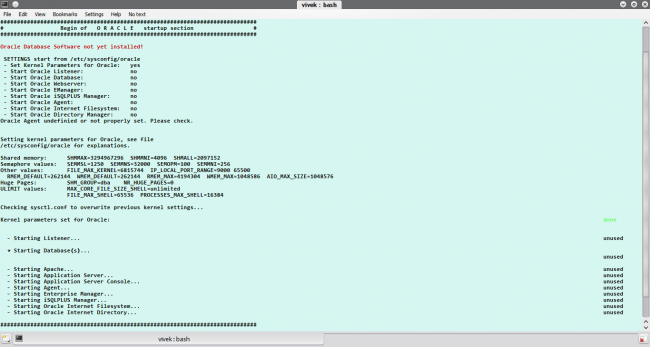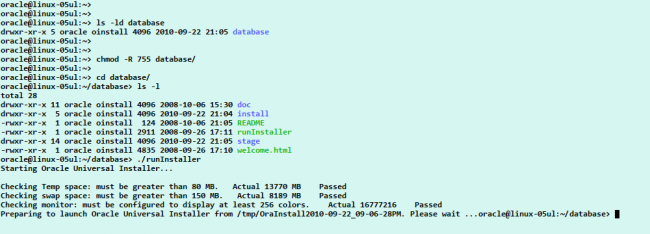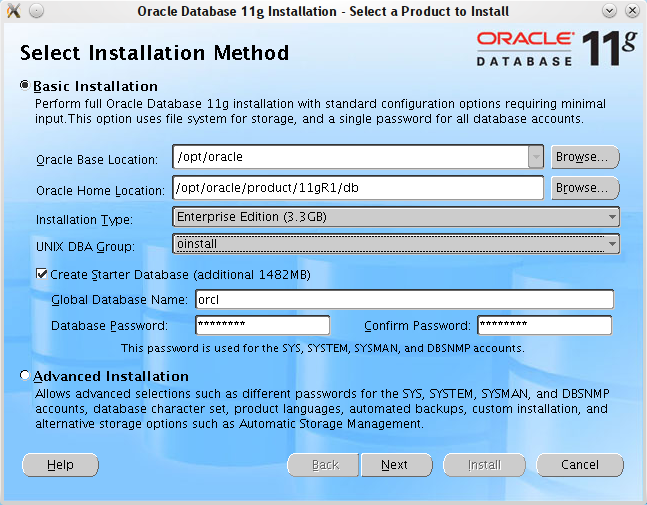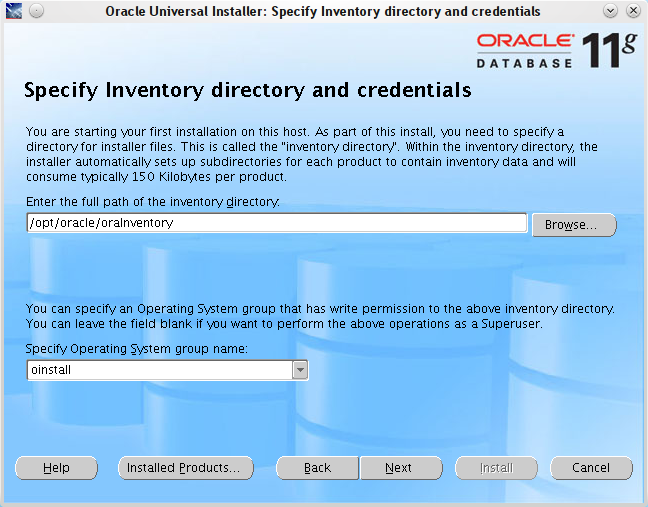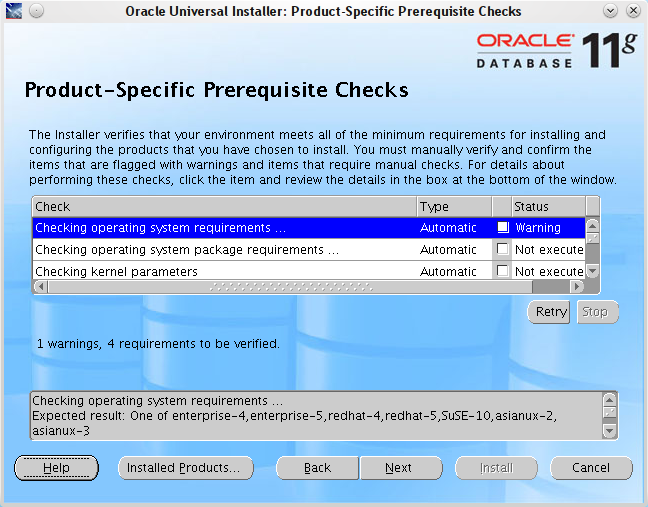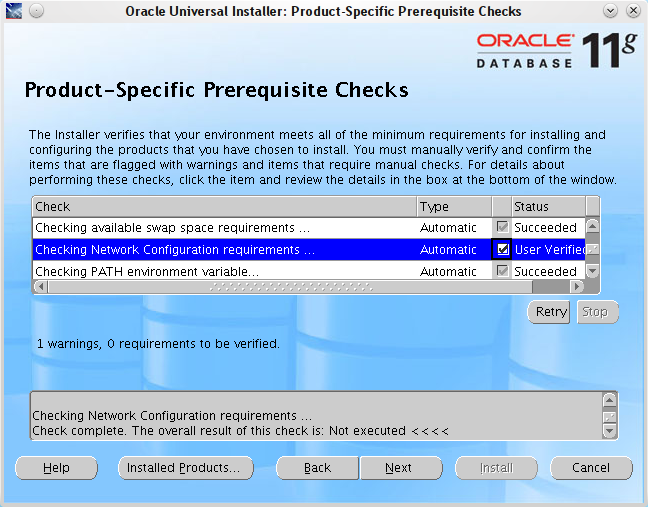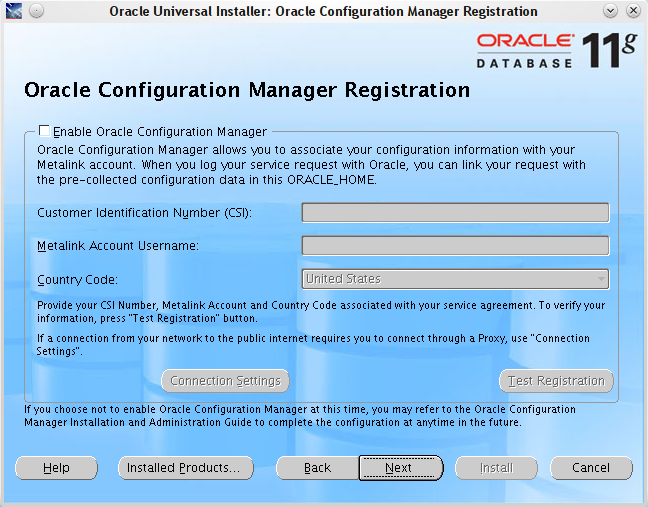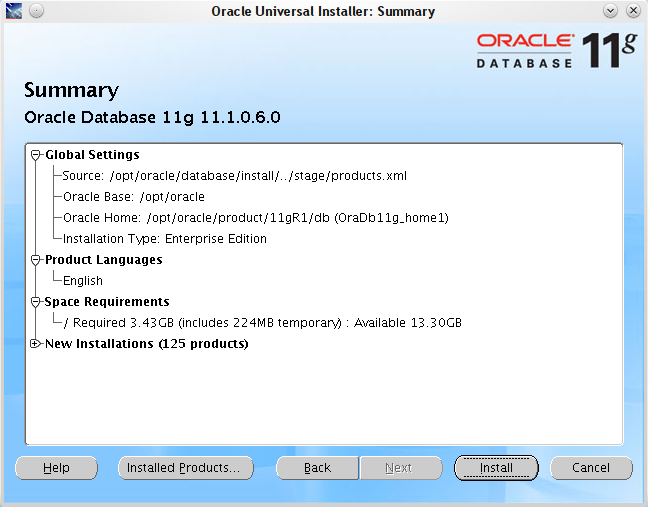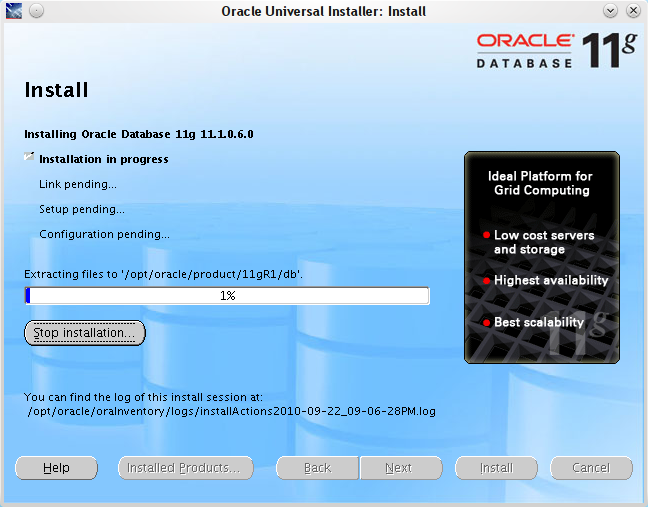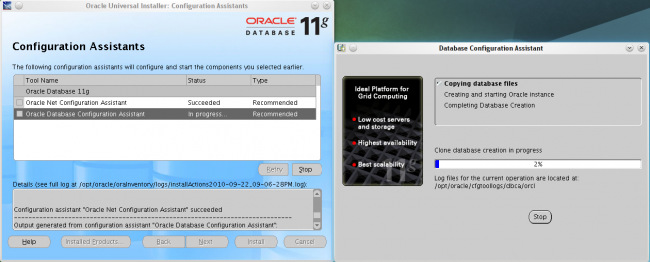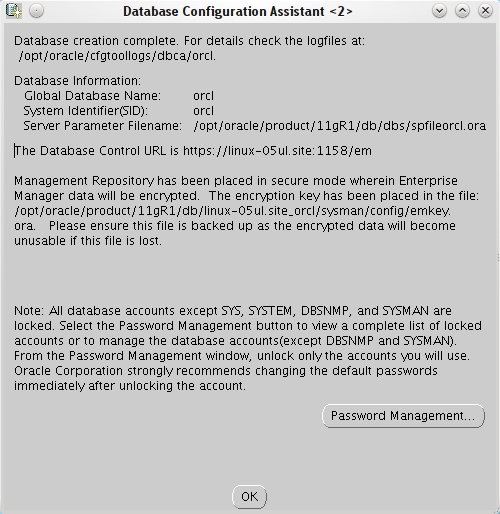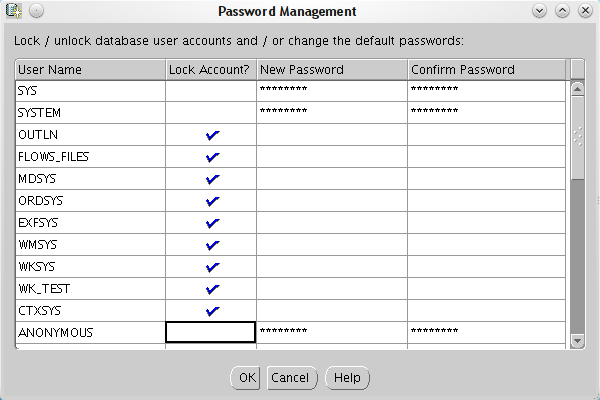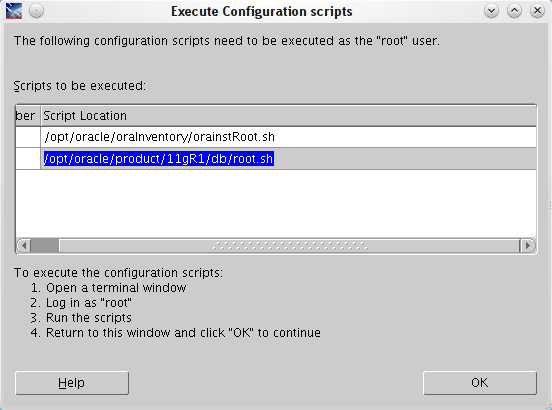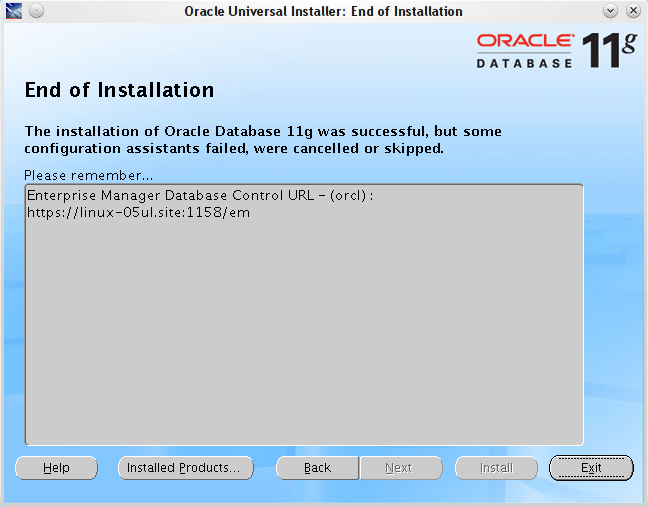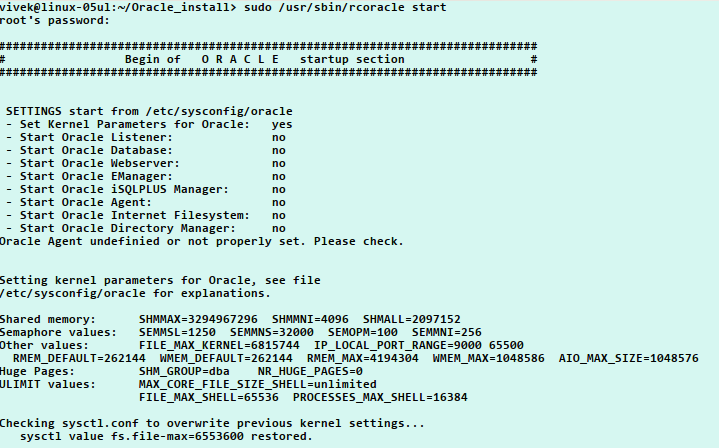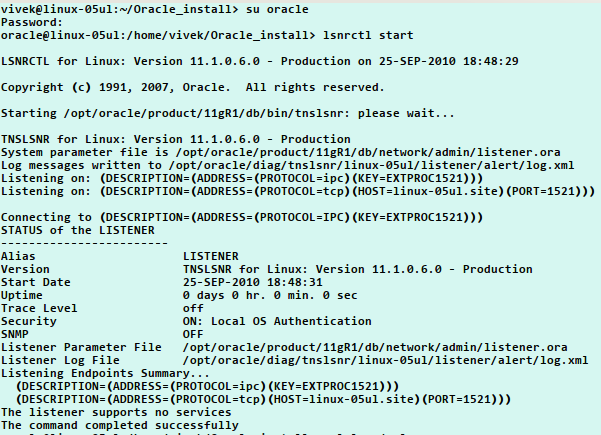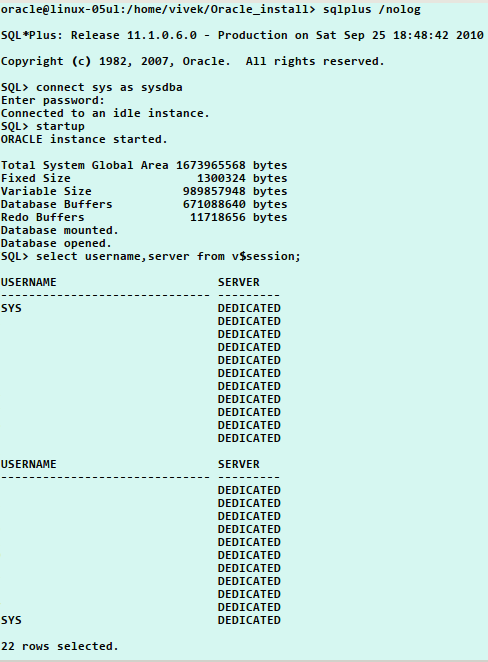Today, it will be my five years in the Information Technology. So, I
think this is the right time to put my thoughts on the state of IT in
India – mainly from the perspective of a “Software Developer”
A few days ago I came across
this
website where the author was wondering why
the life of “Software Developer” is just about five years in India, when
software developers in West are coding for 20 or 30 years and are still happily
developers.
So, what is there in India that we have developers yearning to go into the management
since the day they join the corporate world. Hmmm…Well, Let us first go into the kind of
work that software developers in India are doing on day to day basis, what kind
of work is going on in world class Indian IT companies. The IT in India, is
mainly a back office job as of today. Barring a few companies(very minuscule)
and projects (much more minuscule) what we in India do is more or less of a
support.. Some call it maintenance also :P. Yes, support and
maintenance (mainly). Not that much of developing systems(SDLC, from beginning to
end- No way!!). We are just the back office guys of the real IT in the west, or
better – back office developers. Some guy in UK or USA asks us to put some “.”
somewhere in the code, we oblige him by just doing that, no more no less. Every
code change we want to do has to be okayed by someone sitting at “on site”.
And the IT guys sitting and coding in Europe and USA just know that. I have come
across many instances where the people there just refuse to handover some chunk
of work as they do not consider “offshore” as competent enough. Sending work to
India, does mean compromising on quality. Do not believe me? Just check this
popular web hosting site
HostMonster, one of the points they boast about is
100% support based in USA. But, I will not blame the Europeans or Americans for
nurturing this perspective of Indian software engineers. It is we Indians, who
have nurtured this perspective and that too with so much of dexterity. In a job
which just needs nice working logical brains in your head, we Indians have
managed to create a class hierarchy. From “junior developers” to “Delivery Managers” and
beyond. Why are we so obsessed with creating slaves and masters.. I wonder why!
Right now, I am working in
Agile software methodology… Which
specifically asks that every member in the team should be an expert, does not matter if s/he has 1 year experience or 20 years experience. I remember when I
was in my induction and our trainer was telling us explaining this, one of the
experienced colleagues pointed out that Agile does not take hierarchy into
consideration and is bound to fail in India! He wanted “respect” from his
“junior” colleagues and just could not live with the fact after working so
many years in IT, he will be just another “expert” in the team.
And, the higher you go into the hierarchy, the less you are supposed to code and the more time should be spent in adding
eye candy and bing to your Microsoft excels. That’s when you stop being a developer.
Unfortunately, the kind of management in India also does not inspire good “software developers”. What managers want is “Deliveries”, plain and simple, that he can show to his
bosses and in-turn boast about his revenue generating capabilities. Least is he
interested in technical or domain expertise of “his” developers who actually are
making “deliveries”, as long as they are delivering something on day to day
basis(Or at least weekly basis). A developer in turn becomes totally
ninsensitive to the quality, as his reputation(in turn ratings which in turn
convert to appraisals and/or bonuses) depend more on quantity rather than
quality. Delivering more is important than “wasting” your time in increasing your
domain and/or technical knowledge. A developer stops digging further, s/he
stops learning as the only thing that seems to take him/her further “up” is how
well he able to add bing to the excel documents.
In short-term, everyone is doing good to himself or herself. But we are doing a
great dis-service to the brand India. Better stop acting like slaves and start
living like humans who can “think”.
 [/caption]
You can use “p” to toggle ports. Here the port used by first application is 25747. We will use this port to find out the application which is using network with the command “lsof”.
[/caption]
You can use “p” to toggle ports. Here the port used by first application is 25747. We will use this port to find out the application which is using network with the command “lsof”.
